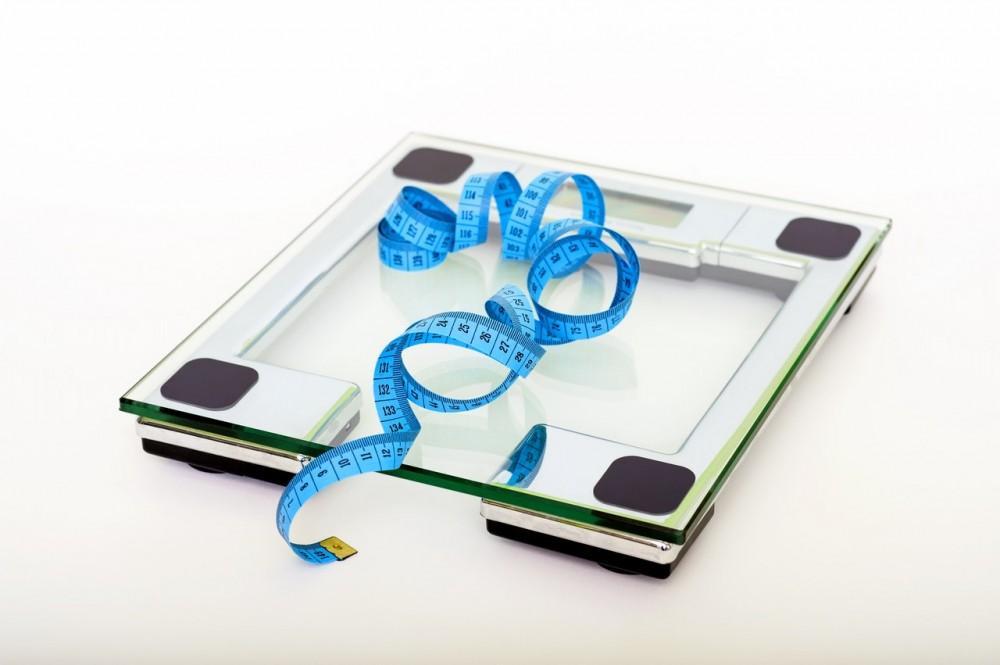Most people hit the gym either to lose weight or maintain their fitness levels.
Two of the biggest names that get thrown around when discussing body fat percentage are Brad Pitt from Fight Club at around 6% and Christiano Ronaldo at around 7% – but these are not ideal numbers for non-athletes. Worse still is the ‘ideal’ number that frequently gets touted in health circles: 5% for men and 13% for women.
These numbers are, realistically speaking, unhealthy for both men and women. That being said, there is a middle ground everyone should try to hit without obsessing over single digits.
After all, the pendulum swings both ways – both high fat and low fat percentages are linked to several health issues.
What is Body Fat Anyway?
Our body needs energy, or calories, to function properly. This energy comes from the food we eat and drink. If the food we eat, or ‘supply’, exceeds the ‘demand’ our body needs from daily activities, all the extra energy will be stored as fat. Fat can be stored around internal organs, under the skin, around the face, and elsewhere.
It is entirely possible for a person to look fit but still carry a high amount of body fat – and that could pose a health risk.
Measuring Body Fat Percentage
Many consumer devices let you measure your body fat percentage, some are more accurate than others. The most popular (and cheapest) of them are calipers. This is done by pinching the skin on at least three spots on the body and then measuring the fold with the calipers. You feed those numbers into an app to estimate your body fat percentage.
Of course, you can always use more advanced devices such as handheld scanners and smart scales. Both tools can provide you with an array of information, including body fat percentage. If you want more accuracy, you may want to look at options like DEXA and hydrostatic weighing – but both options are expensive and are generally used by professional athletes.
So What is a Healthy Body Fat Percentage?
There is no one size fits all rule and the actual number depends on various factors such as gender, genetics, height, and more. The NHS and NIS prefer to focus on the body mass index (BMI) but it doesn’t take into account the effects of advancing age.
As a general rule, most people will accumulate a higher percentage of fat as they get older. Of course, if they want to stay in shape and retain their muscle mass, they’ll have to train their body and stay on a very specific diet.
When it comes to body fat percentage, moderation is key. Staying within the 21 to 24 percentage mark is generally considered ‘fit’. Anything too low would be too taxing for your body. Too high, and you run the risk of becoming morbidly obese.
Want to learn more about body fat percentage and what number is ideal for you? You can book an appointment with a physician at irvingprimarycare.com.
Visit https://www.healthonemedicine.com or call (469)262-5762 for more information.

